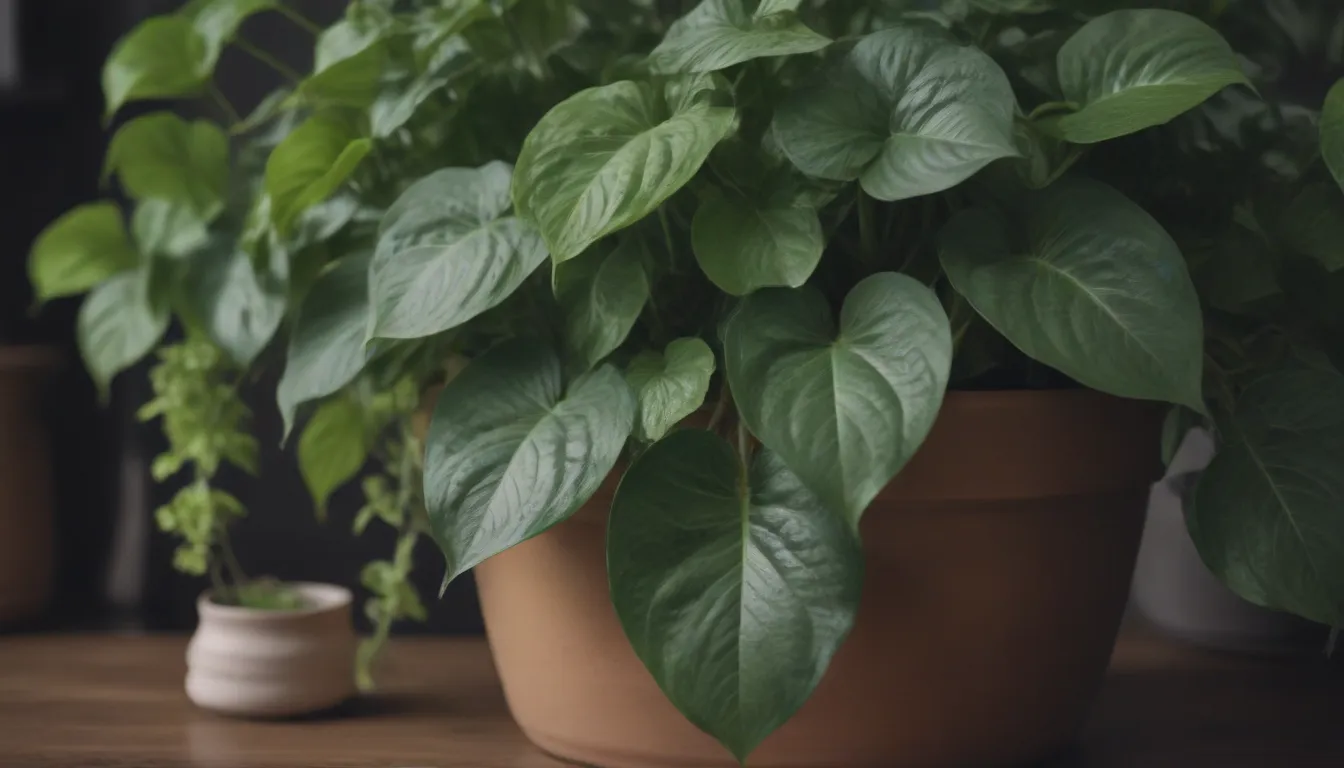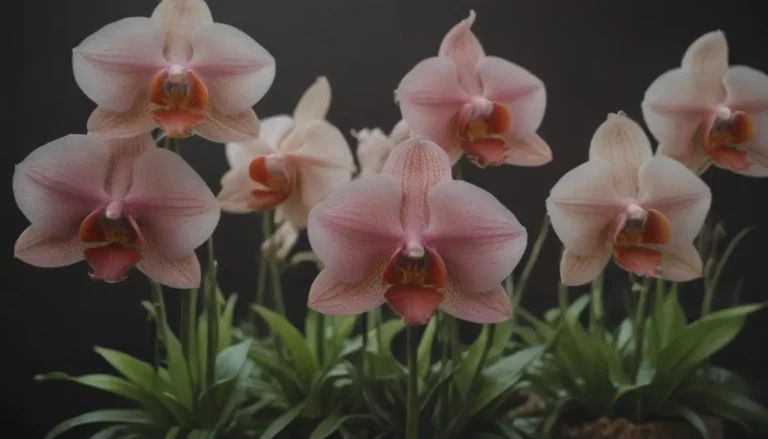The Ultimate Guide to Growing and Caring for Pothos Plants

Are you a beginner looking to add some greenery to your home but not sure where to start? Look no further than the versatile and low-maintenance pothos plant (Epipremnum aureum). This tropical vine, native to the Solomon Islands in the South Pacific, is not only easy to care for but also a beautiful addition to any indoor space. With its fast-growing nature and adaptability, pothos is a great choice for beginners and experienced plant enthusiasts alike.
In this in-depth guide, we will walk you through everything you need to know to grow and care for your pothos plants. From lighting and watering to propagating and common problems, we’ve got you covered. So grab your gardening gloves and let’s get started!
Pothos Care Basics
Pothos plants are known for their longevity, with an average lifespan of five to 10 years. With proper care, however, they can live much longer. Here are some essential tips for keeping your pothos healthy and thriving:
Light
- Pothos can tolerate a wide range of light conditions, from low light to bright, indirect light.
- Variegated varieties may lose their leaf patterns in too much shade, so be sure to provide adequate light for optimal growth.
- Watch out for pale-looking leaves, which may indicate too much direct sun.
Soil
- Use well-draining potting soil that is slightly on the dry side.
- Pothos plants do well in neutral to slightly acidic soil with a pH between 6.1 and 6.8.
- Coarse, chunky planting media also works well for pothos.
Water
- Water your pothos every one to two weeks, allowing the soil to dry out completely between waterings.
- Overwatering can lead to root rot, so be sure not to keep the soil too wet.
- Watch for drooping leaves as a sign that your plant needs water.
Temperature and Humidity
- Keep your pothos in temperatures above 50°F and preferably between 65°F and 75°F.
- Pothos plants prefer high humidity but can adapt to lower humidity levels.
- Increase humidity by placing your plant in a more humid area of your home or grouping it with other tropical plants.
Fertilizer
- Pothos plants are light feeders and benefit from occasional fertilizing during the growing season.
- Use a balanced houseplant fertilizer once a month in spring and summer.
- Avoid fertilizing during the winter when the plant is dormant.
Types of Pothos
Pothos plants come in a variety of cultivars, each with unique leaf variegation. Some popular varieties include:
- ‘Marble Queen’
- ‘Pearls and Jade’
- ‘Neon’
- Silver Satin
These varieties showcase the diverse colors and patterns that pothos plants can display, adding beauty and variety to your indoor garden.
Pruning and Propagating
To maintain the shape and health of your pothos plant, occasional pruning may be necessary. Use sharp, sterile cutting tools to trim your plant, focusing on areas where it looks sparse or leggy. Pruning can help your pothos look bushier and more compact.
If you want to expand your plant collection or share your pothos with friends, propagation is an easy and fun way to create new plants. Simply take stem cuttings and root them in water before potting them in soil once roots have formed. Propagating your pothos allows you to grow your plant family and spread the joy of gardening with others.
Potting and Repotting
As your pothos plant grows, it may outgrow its current pot and become root-bound. Look for signs such as drooping leaves and roots growing through drainage holes, indicating that it’s time to repot your plant. Choose a container one or two sizes larger than the current one, and use fresh potting soil to help your pothos thrive. Consider using terracotta pots for better moisture control, especially in low-light environments.
Common Pests and Problems
Even low-maintenance plants like pothos can encounter pests and diseases. Keep an eye out for common issues such as spider mites, whitefly, scale, and mealybugs, which can be treated with neem oil or insecticidal soap. Additionally, watch for signs of bacterial leaf spot or root rot, often caused by overwatering and inadequate light. Adjusting your watering habits and providing proper care can help your pothos overcome these challenges.
Tips and Tricks for a Healthy Pothos Plant
- If your pothos leaves are turning yellow, check for root rot and adjust your watering routine.
- Browning leaves may indicate underwatering or low humidity, so ensure your plant is getting enough water and moisture.
- Drooping leaves can signal stress or lack of water; give your plant a deep watering and monitor its condition.
- Consider taking cuttings from healthy growth to propagate new plants and fill out your pothos.
In conclusion, pothos plants are a fantastic addition to any indoor space, offering beauty, versatility, and low maintenance requirements. Whether you’re a novice gardener or a seasoned plant enthusiast, growing and caring for pothos is a rewarding experience. With proper lighting, watering, and occasional pruning, your pothos plant can thrive and brighten up your home for years to come.
Remember, gardening is a journey, and every plant teaches us something new. So grab your watering can and get ready to watch your pothos flourish! Happy gardening!





